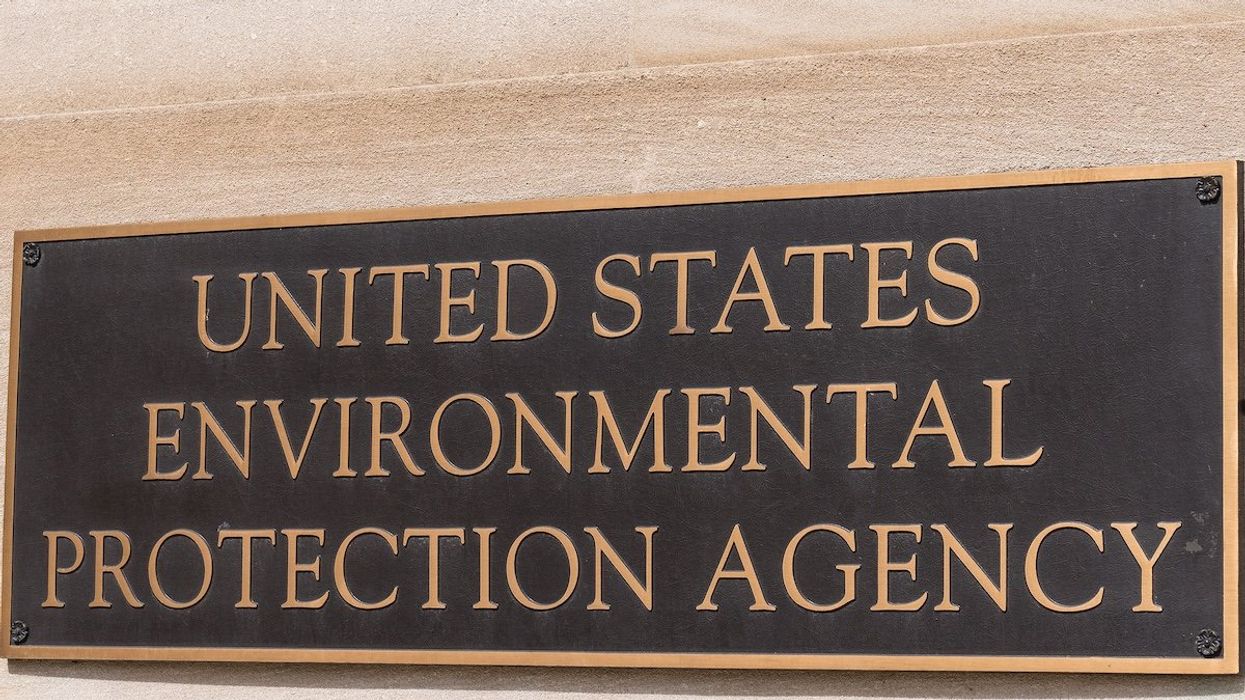Consumer Reports urges the removal of Lunchables from school menus due to high levels of lead, sodium, and harmful chemicals found in packaging.
Lauren Weber reports for The Washington Post.
In short:
- Consumer Reports has raised alarms over high levels of lead and sodium in Lunchables, alongside harmful chemicals in their packaging.
- The organization has started a petition to remove these products from the National School Lunch Program, citing health risks.
- Recent tests have linked other children’s foods to lead poisoning, increasing concerns over government regulation of food safety.
Key quote:
“It’s disconcerting to have something that’s unhealthy be included as part of the lunch program. You’re really putting kids at risk and putting them at a disadvantage.”
— Brian Ronholm, director of food policy at Consumer Reports
Why this matters:
Packaged foods like Lunchables often contain various additives and preservatives that can raise health concerns. Common chemicals include sodium nitrate, used for preserving and enhancing color in meats; it has been linked to an increased risk of cancer in some studies.














